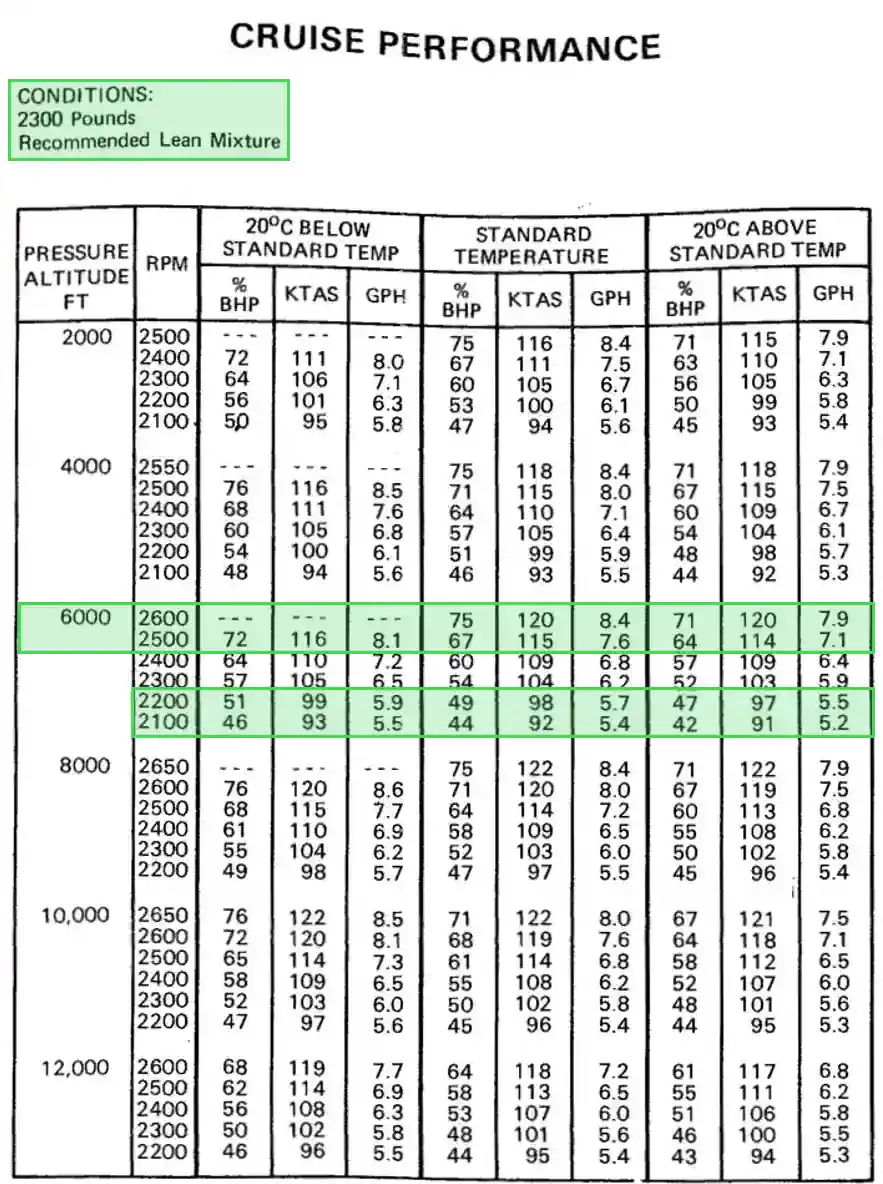Cruise Performance
Cruise is the predominant phase of flight by time, making cruise performance one of the most influential factors on the duration and quality of a flight.
Introduction to Cruise Performance
- Cruise is the predominant phase of flight by time, making cruise performance one of the most influential factors on the duration and quality of a flight.
- With an appreciation of the drag curve, pilots configure and fly the aircraft to achieve maximum range or maximum endurance.
- Pilots must also consider how various factors impact cruise performance to plan for expected performance.
- Expected conditions necessitate specific actions, such as applying maneuvering speed to cruise.
Understanding the Drag Curve
Maximum Range
- As seen in Figure 5-6, at some given airspeed, total drag is at its minimum amount.
- In determining the maximum range of aircraft, minimizing drag minimizes the thrust to overcome it.
- The minimum power and maximum endurance occur at different points.
Maximum Endurance
- The best endurance airspeed is an airspeed that allows an aircraft to remain flying for the longest time.
- As weight increases, the airspeed required to maintain max endurance increases; however, the optimal angle of attack remains constant.
- As weight decreases, airspeed required to maintain max endurance decreases; however, the optimal angle of attack remains constant.
Factors Impacting Cruise Performance
-
Wind Impacts on Cruise Flight:
- Wind direction and intensity at various cruise altitudes are essential considerations to determine cruise performance.
- Winds aloft are the most direct means to plan for winds at cruise altitudes along the route of flight.
- Headwinds increase flight time and therefore fuel burn, reducing range, while tailwinds do just the opposite.
-
Icing Impacts on Cruise Flight:
- When encountering icing, additional power may be necessary to overcome the increase in drag.
- Airspeed may bleed off quickly (one example saw 50 knots in under 1 minute)
- See also: Stall and Climb Performance.
Applying Maneuvering Speed to Cruise
- Maneuvering speed, or Va, is an airspeed below which full deflection of the control surfaces should not cause damage.
- If approaching bumpy weather, consider slowing to Va before penetrating turbulence.
- Rule of thumb: for every 2% reduction in weight, Va reduces by 1%.
Aircraft Cruise Performance
- Cruise performance data enables pilots to plan long-distance, cross-country flights while simultaneously allowing pilots to determine fuel reserves.
-
Cruise Performance Chart Example:
- Start by choosing the chart that meets the prerequisites (i.e., weight, temperature).
- Choose the cruise altitude flown and move right to the appropriate temperature at altitude.
- The RPM dictates the desired performance.
- Fuel burn understandably increases with RPM setting:
- Using 6,000 feet at standard temperature, 2100 RPM is 5.4 Gallons Per Hour (GPH) at 92 knots.
- Increasing by 100 RPM increases fuel burn to 5.7 GPH (+6%) at 98 knots (+7%).
- As you increase RPM, the aircraft (at least in our example) will experience diminishing returns where fuel burn increases are larger, and speed benefits are less.
- Using 6,000 ft at standard temperature, 2500 RPM is 7.6 GPH at 115 knots.
- Increasing by 100 RPM increases fuel burn to 8.4 (+11%) at 120 Knots (+4%).
Cruise Performance Conclusion
- Still looking for something? Continue searching:
